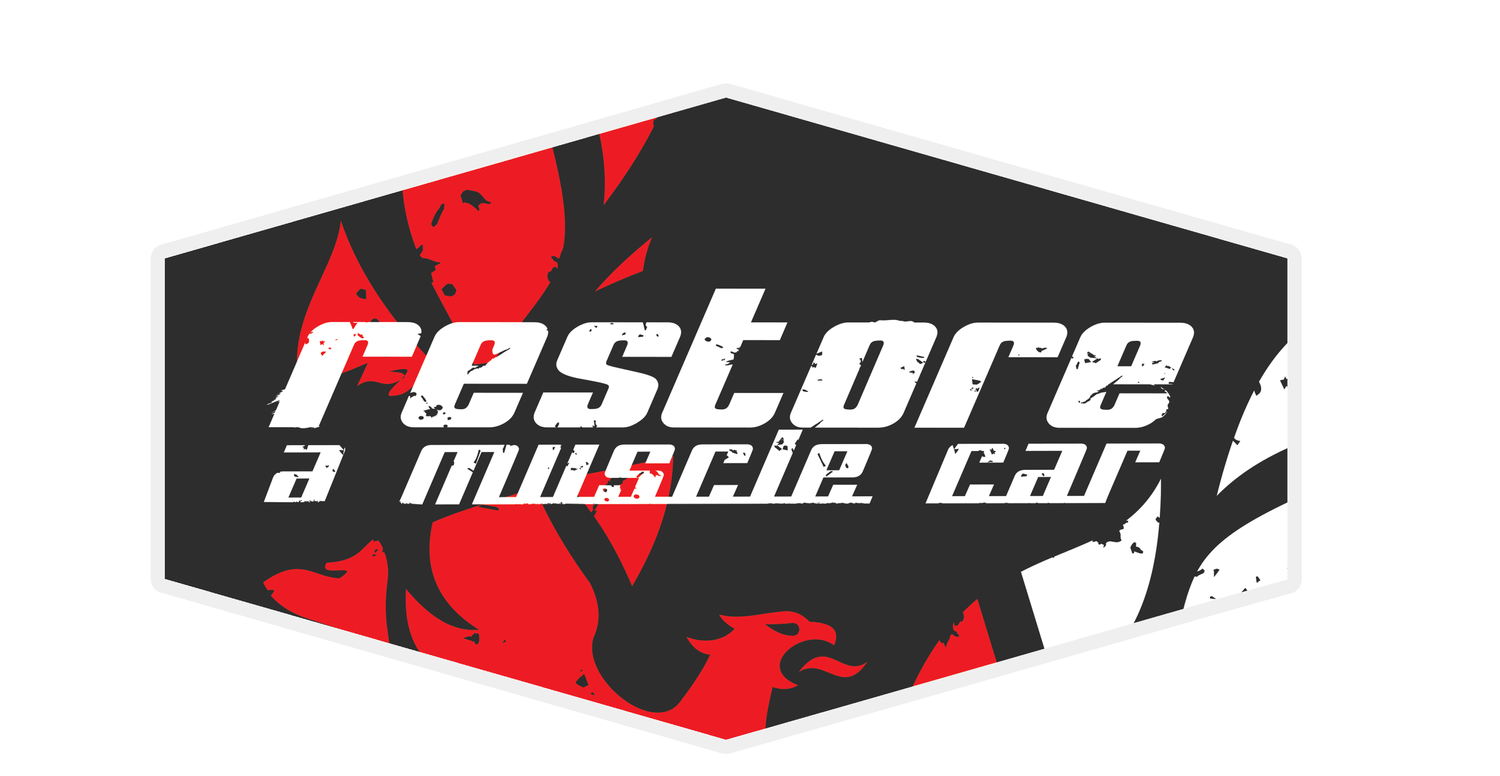Rust Removal 101: Essential Tips for Dealing with Rust in Classic Cars
Rust is the bane of every classic car enthusiast’s existence. Left unchecked, it can damage the structural integrity and appearance of your beloved vehicle. At Restore a Muscle Car, we understand the importance of tackling rust before it becomes a major problem. In this blog, we’ll provide expert tips on identifying, preventing, and removing rust to keep your classic car in pristine condition.
1. Identifying Rust: Know Where to Look
Rust can develop in any area of a car exposed to moisture and air, but some spots are more prone to it than others. Common rust-prone areas include:
Wheel Wells and Fenders: These areas are frequently exposed to road debris and water.
Undercarriage: Salt from winter roads can accumulate here, causing rust over time.
Door Bottoms and Seams: Moisture can get trapped in these areas, leading to rust.
Trunk and Floor Pans: Water leakage or condensation can cause rust to develop here.
Regularly inspecting these areas will help you catch rust early, preventing more extensive damage.
2. Preventing Rust: Keep It Dry and Protected
Prevention is always better than cure. Here are some tips to prevent rust from forming:
Keep Your Car Clean and Dry: Wash your car regularly, especially after driving on salted roads. Make sure to dry it thoroughly, paying extra attention to seams and crevices.
Apply a Protective Coating: A good-quality wax or sealant can create a barrier against moisture. For extra protection, consider applying a rust inhibitor or undercoating to the undercarriage and other vulnerable areas.
Store in a Dry Environment: Whenever possible, store your classic car in a dry, climate-controlled garage to reduce exposure to moisture.
3. Removing Surface Rust: The First Line of Defense
Surface rust is the easiest to deal with, and early treatment can prevent it from spreading:
Sand and Scrape: Use sandpaper or a wire brush to remove the rust from the affected area. Start with coarse grit and gradually move to finer grits until the rust is gone.
Apply Rust Converter: Once the rust is removed, apply a rust converter to neutralize any remaining rust and prevent it from spreading. This chemical turns rust into a stable, paintable surface.
Prime and Paint: After applying the rust converter, prime the area with a rust-inhibiting primer and repaint it to match the rest of the car.
4. Treating Deep Rust: When the Damage Runs Deeper
If rust has penetrated beyond the surface, more extensive repairs may be necessary:
Cut and Replace: For severe rust, the best solution is often to cut out the affected metal and weld in new panels. This ensures that all rust is removed, preventing further spread.
Patch Repairs: If the rust damage is localized, you can use patch panels to repair small areas. Make sure to seal and paint the area after patching to protect against future rust.
Professional Help: Deep rust can compromise the structural integrity of your car. In such cases, it’s best to consult a professional restoration shop like Restore a Muscle Car to ensure the job is done correctly.
5. Regular Maintenance: Keep Rust at Bay
Even after dealing with existing rust, regular maintenance is key to preventing future issues:
Inspect Regularly: Keep an eye on common rust-prone areas and address any new rust spots immediately.
Touch Up Paint: If you notice chips or scratches in the paint, touch them up quickly to prevent moisture from reaching the metal.
Reapply Protective Coatings: Over time, wax, sealants, and undercoatings wear off. Reapply these protective layers as needed to keep your car protected.
Conclusion

